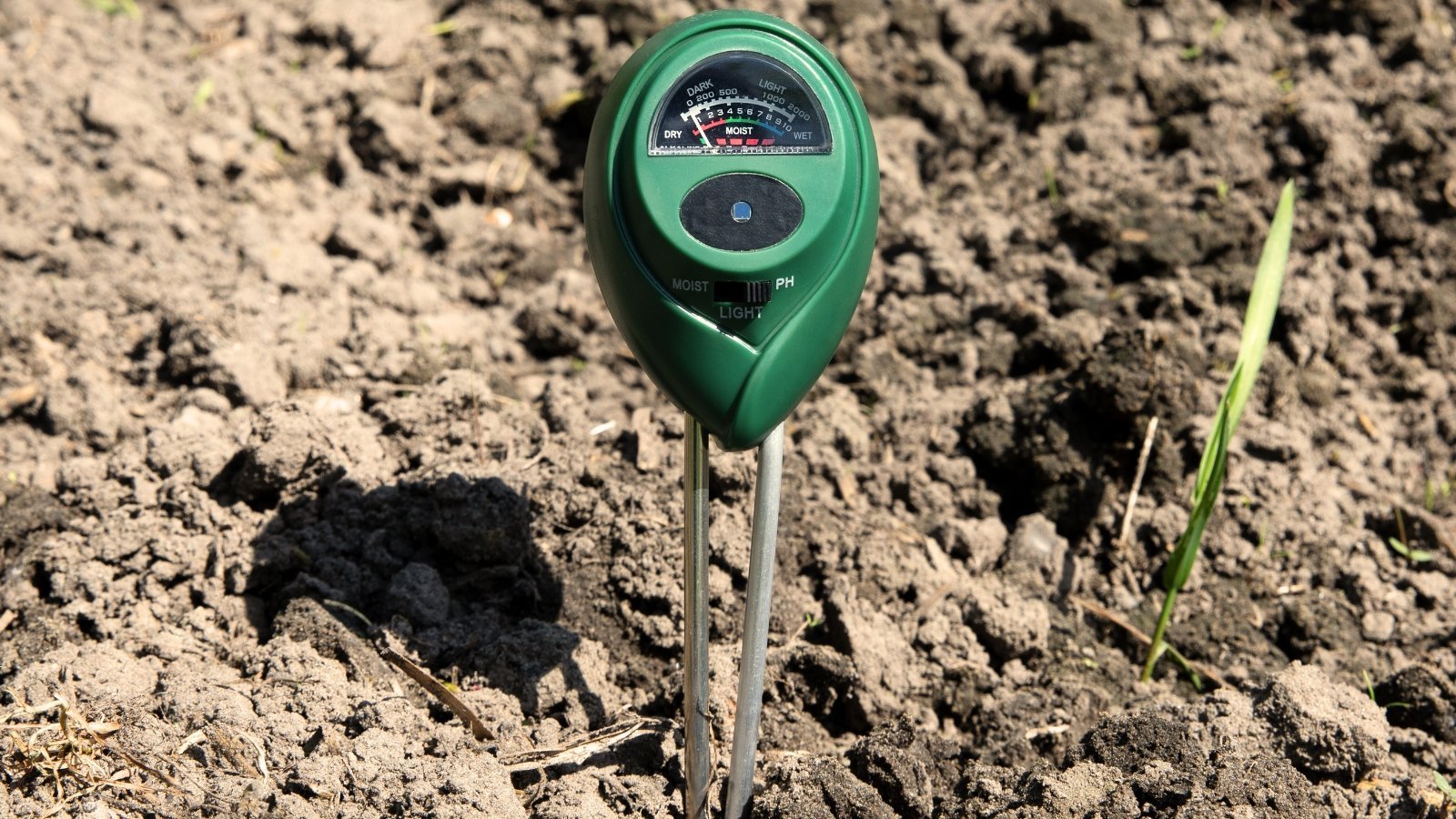Soil pH is an important part of the delicate and important relationship between plants and their root environment. The right pH makes a difference in nutrient absorption; Even the most fertile gardens won’t do much for the plant without proper acidity or alkalinity. Fortunately, amendments like lime can help raise the pH of your garden soil.
Most ornamentals and edibles grow best in slightly acidic to neutral soils, with a pH between 6.2 and 6.8. A balance of texture and nutrients achieves this sweet spot. Some plants grow well in acidic or alkaline conditions, depending on their native range.
Can Improve soils with excessively low pH by adding this organic amendment. Maintaining the ideal pH is as essential for plants to thrive as adding other nutrients and organic material. With simple testing and modifications, the benefits are within your reach.
What is soil pH?
Soil pH, or “potential hydrogen,” is related to acidity and alkalinity. Specifically, it is a measurement of hydrogen and aluminum ions. When hydrogen levels become too high, soils become acidic. The greater the amount of hydrogen, the lower the pH.
So what does this mean for our gardens? Most plants grow best in soil with a pH between 6.0 and 7.0. These slightly acidic to neutral conditions provide optimal access to nutrients and other benefits.
The pH varies on a scale from 0 to 14. Acidic (sour) soils are those between 4 and 6.5. Alkaline (sweet or basic soils) are between 7.5 and 9. A balanced measurement of 6.5 to 7.0 is a more neutral setting that supports roots and nutrition.
In very acidic soils (low pH), particles block access to essential nutrients. Nutrients are less soluble in compositions that are too alkaline, making it more difficult for the roots to absorb them.
The best way to determine the pH of your garden is with a soil test. home kits with interpreted results and recommendations they do an excellent job evaluating conditions. The local university extension office is another resource for testing and recommendations.
The key to success is following the recommendations and knowing exactly what levels of amendments are necessary for plant health. Testing every three to five years is a reasonable time frame.
Factors that affect pH
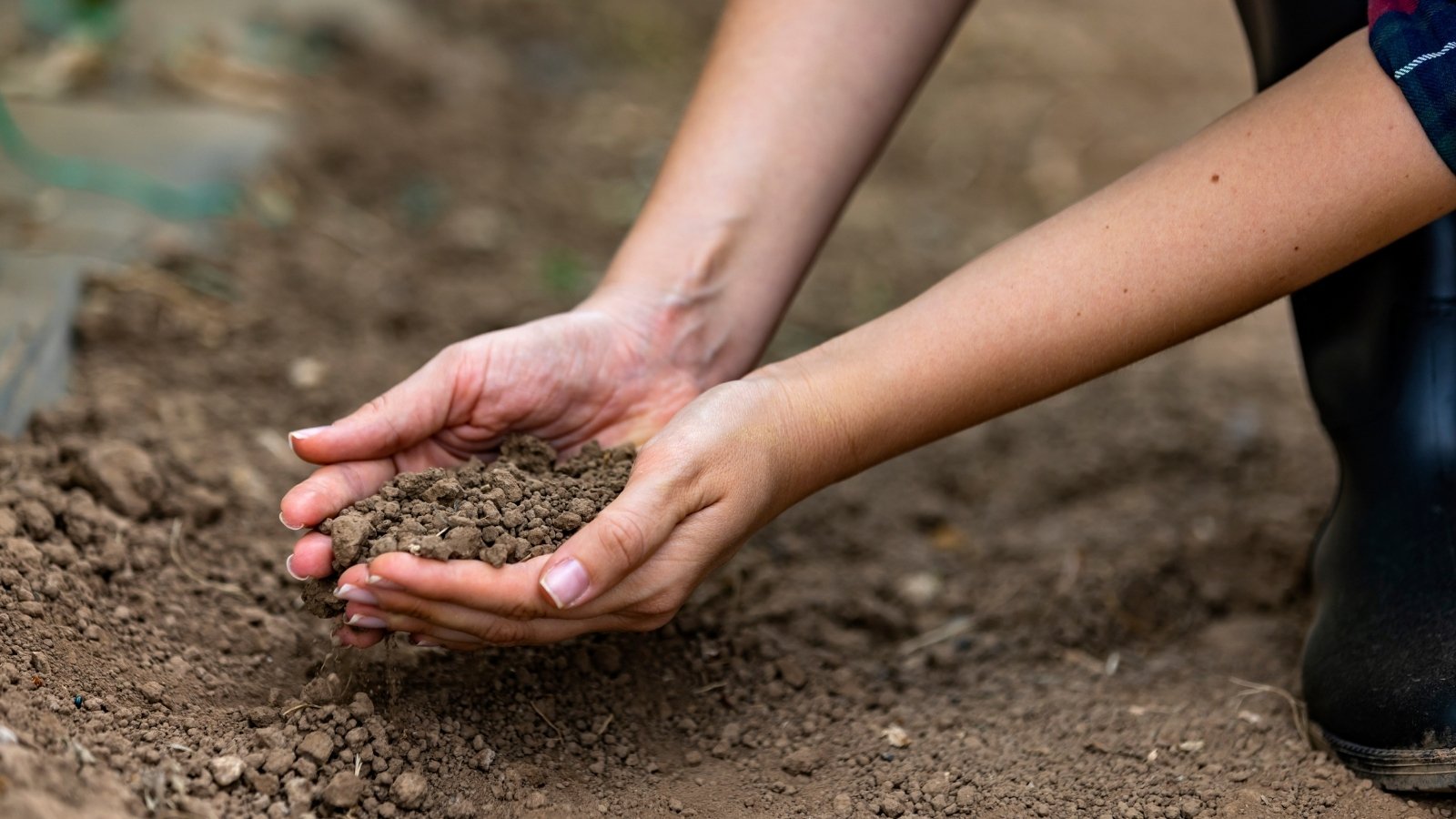
Even without being a chemist, the factors that affect pH are intriguing. The main factors are climate, soil typeand organic matter.
Researchers created a map of pH levels around the world showing the role of climate. The western parts of the United States, where it is drier and with high temperatures, have more naturally occurring limestone. The soils are alkaline.
Eastern areas receive more precipitation and tend to be more acidic. Precipitation passes through the soil profile and leaches nutrients such as magnesium, potassium and calcium. acid ions such as hydrogen and aluminum stay.
Soil texture also affects pH. The parent rocks may have been more acidic or basic, resulting in a higher pH.
The three main sizes of underground particles are sand, clay and silt. Their quantities and structure affect how lime is retained or passed. It also affects the amount of air and water the root zone has. The bulk of the particles determines the overall texture (i.e. more clay particles means clay texture). Loams are ideal for many crops and ornamental plants.mixing equal parts of sand, clay and silt with organic matter.
Accumulated organic matter is another main factor in pH. Decomposing pine leaves and needles can lower pH. Acid-loving plants, such as pines and oaks, thrive in lower pH levels and their organic matter encourages the conditions.
acidic soils
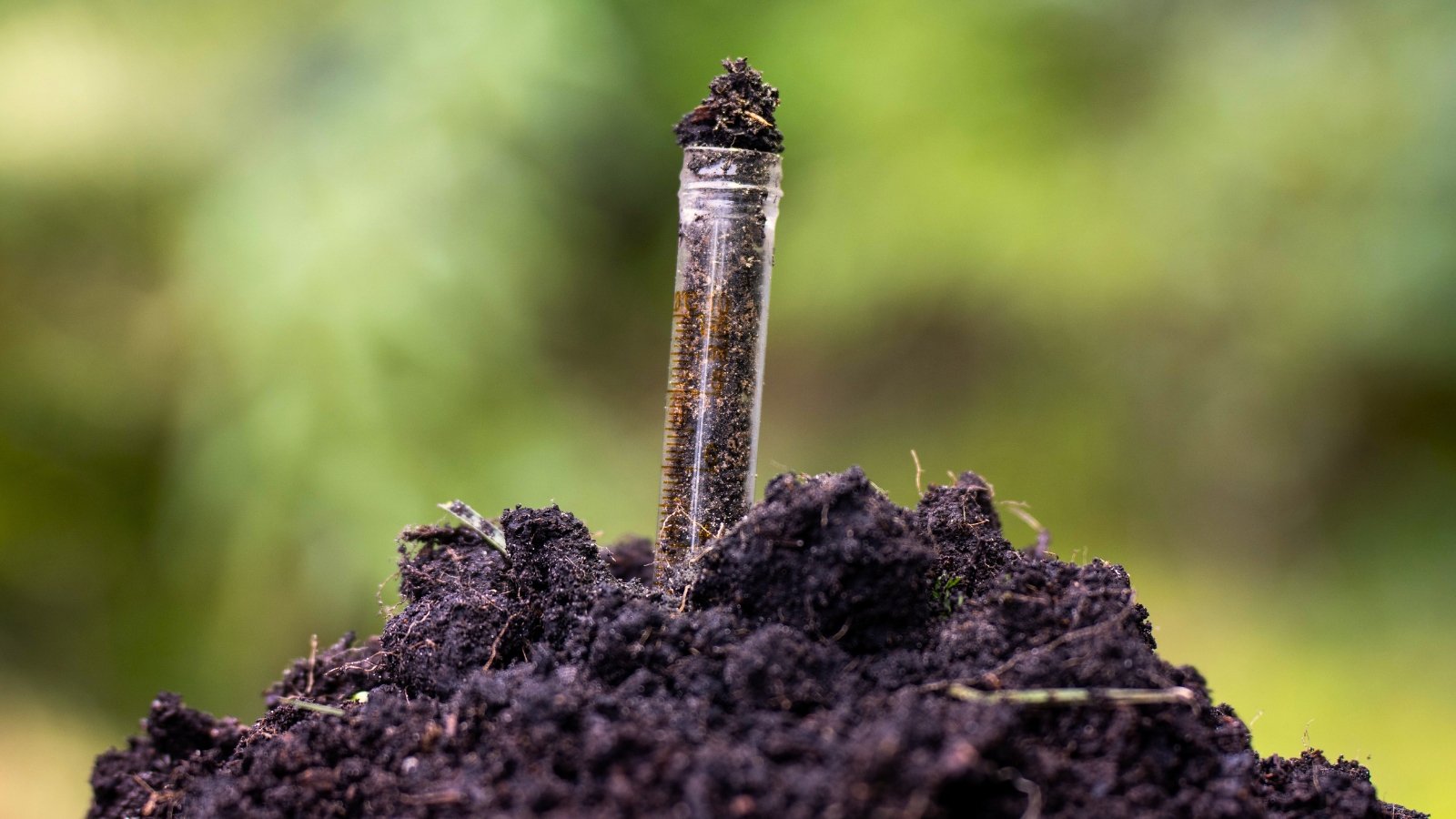
Acidic soils have a pH less than 6.5. Many plants cannot access nutrients at a low pH, such as 4.5, and may experience toxicity. Fewer plants thrive as acidity increases.
Under low pH conditions, nutrients such as calcium, phosphorus and magnesium become less available. Aluminum becomes more available and can be toxic to the plant at high levels.
If your soil is naturally acidic, grow trees, shrubs and perennials that adapt well to those conditions. you can too Modify garden areas with garden lime. to raise soil pH and increase alkalinity. For more widespread growing preferences, shift the pH toward a slightly acidic level (around 6.8).
Garden Lime Basics
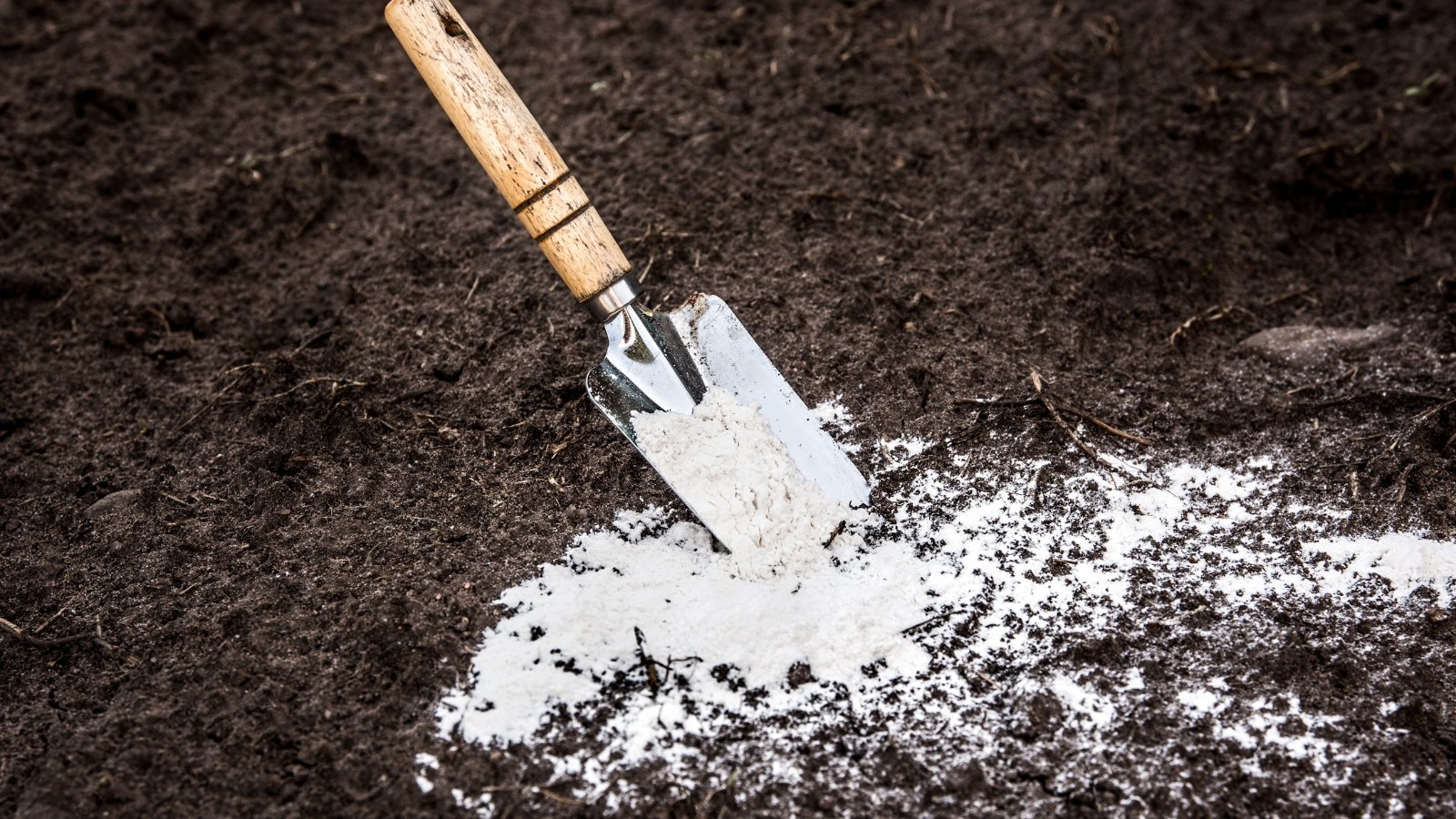
garden file It is ground limestone. Adding lime to your garden helps raise the pH level of the soil and makes it less acidic. This is an organic amendment.
Limestone is ground to obtain ultrafine powder and often granulated for easy distribution. The finer the dust, the more quickly it is absorbed by the soil.
There are two main types of home landscape: agricultural (garden) and dolomitic. Garden lime is calcitic, meaning it contains calcium, while dolomitic lime contains calcium and magnesium. The soil test will indicate which is best for your site.
Consider soil texture, organic matter, and plant selection before adjusting the pH level. Again, a soil test helps determine the best amendment and quantities. Different beds require different amounts to increase or decrease pH.
Benefits of whitewashing
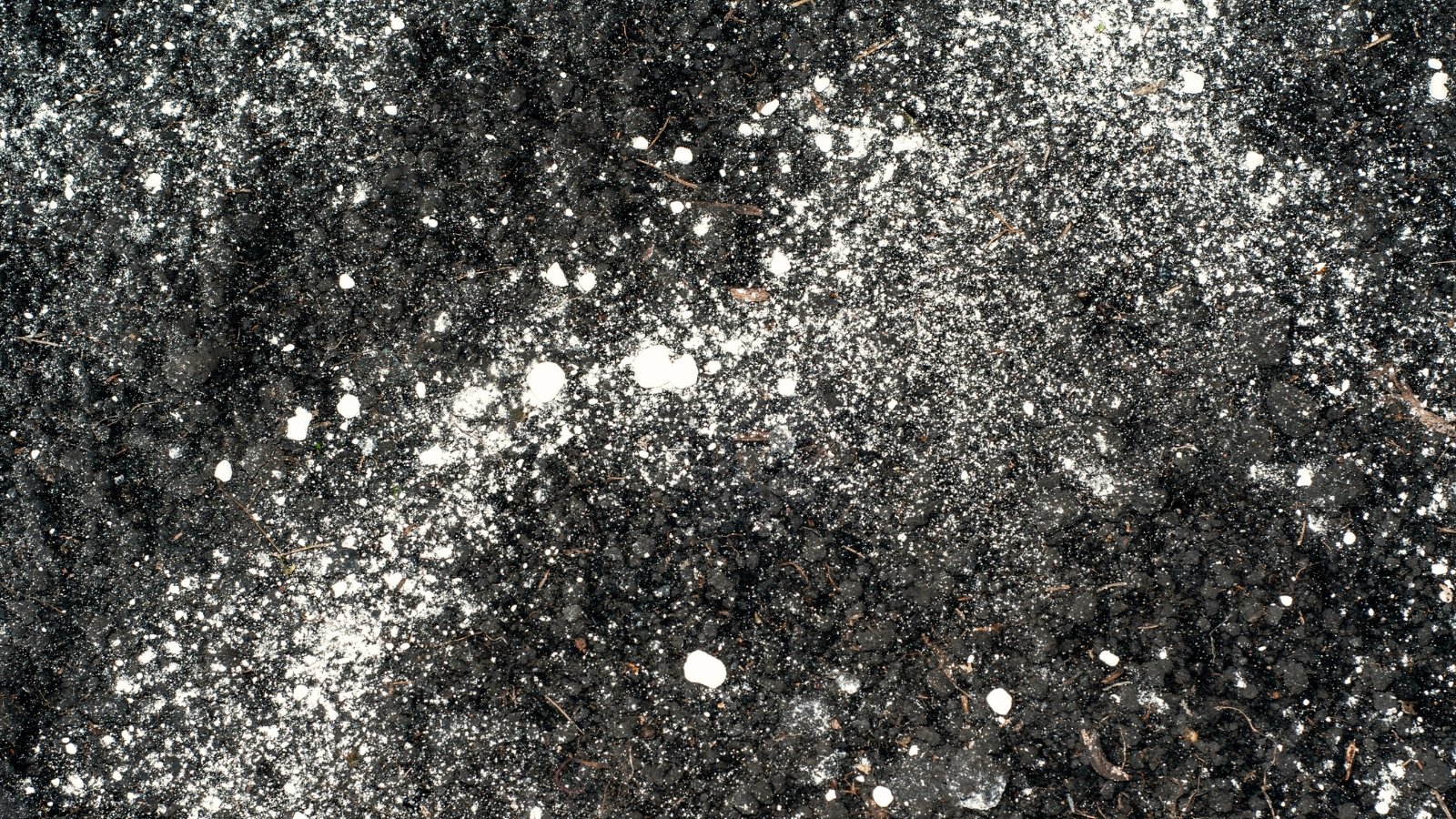
Raising the pH of acidic soils creates better conditions for most plants to thrive. Nutrients become more available in the root zone. While some soils may be very fertile, they will not help with nutrient absorption if the pH is too low. The nutrient is present but not available for absorption.
Garden lime has the added benefit of calcium, which is essential for healthy crops. Tomatoes depend on it for ripe fruit and, without access to calcium, blossom end rot occurs. The perfect tomato suddenly rots on the stem. With added calcium, future tomatoes can flourish. Tree fruits also depend on the nutrient to develop.
Beneficial microorganisms do their best work in slightly acidic to neutral soils. In highly acidic soils, they cannot decompose organic matter efficiently and Nitrogen is no longer available to the roots.. Lime increases nitrogen availability accelerating decomposition through active microbes.
This amendment can also improve soil structure. The neutral pH produces a balanced texture that promotes good aeration and moisture retention for healthy root development.
Application
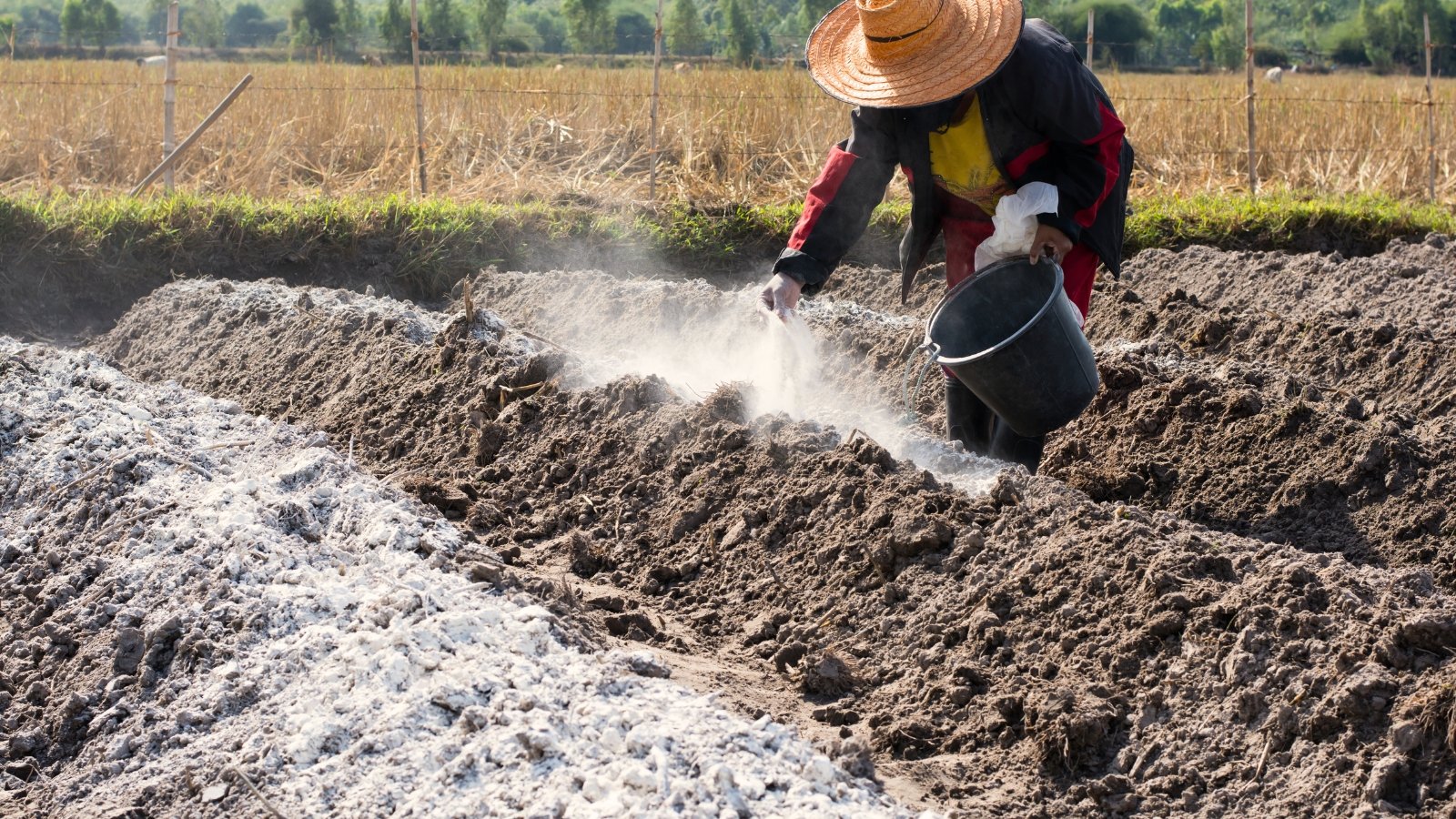
Garden lime is easy to spread and relatively inexpensive. Its benefits are numerous. Apply in spring or fall.. It takes two to three months to adapt and autumn is optimal to absorb the material before spring planting.
Apply excess can raise the pH too much. It can result in weaker plants and fruits, unable to absorb nutrients at the opposite end of the spectrum: high pH. Chlorosis (a yellowing of leaves) is common in alkaline soils. Excessive application leads to iron deficiency in soils above 7.0.
So while garden lime is an organic material, applying too much has ramifications. It is also important to consider the specific characteristics of the site. Raising the pH with garden lime will hinder its growth if you cultivate acid loving plants such as camellias, azaleas, rhododendrons and blueberries. Limit it to other planting areas.
To apply the amendment, spread it over the surface of the bed. Spread by hand or use a mechanized spreader. Depending on your spreader, look for granular or pulverized (a finely ground powder). Follow application guidelines and distribute half working in one direction. Apply the other half in the opposite direction for even coverage. Turn slightly towards the top layers for better incorporation.
Modification of different types of soil varies. Clays differ from loams; Clay requires more lime and added organic matter to raise the pH.. Sandy soil has more particles and needs less material to raise levels. Follow pH testing and application guidelines for your site.
Frequently asked questions
Oaks, pines, azaleas, rhododendrons, gardenia, camellia, holly, hydrangea, magnolia, dogwood, and blueberries are acid-loving plants. They prefer a pH between 5.0 and 6.5.
Soil pH influences the bloom color of pink or blue-flowered broadleaf hydrangeas (Hydrangea macrophylla). More acidity (a pH less than 6.0) means blue flowers. More alkaline soils (higher pH) produce pinker flowers. Neutral soils produce a mauve coloration.
Too much lime raises the pH to levels that affect nutrient absorption. Plants can become chlorotic and unable to absorb iron.
